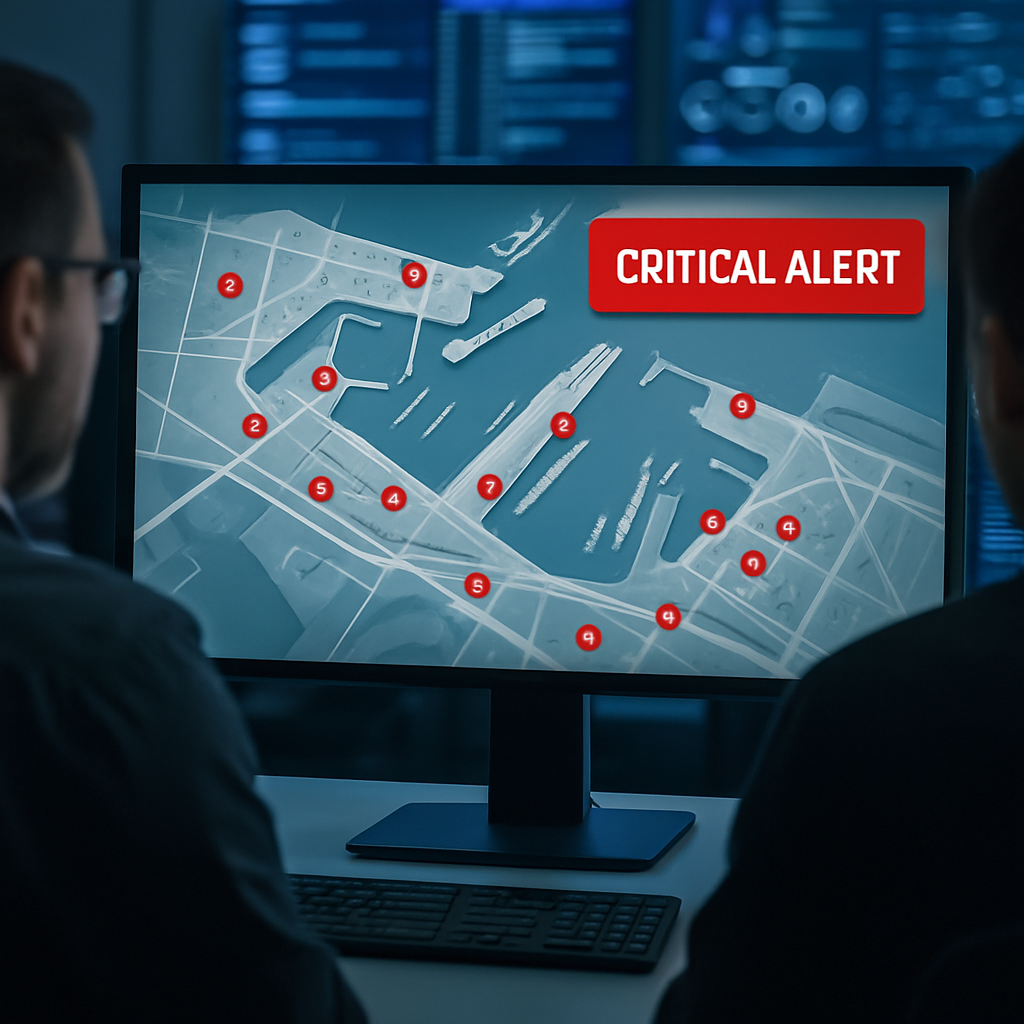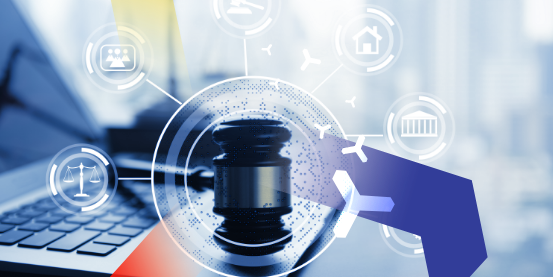If 2020 taught us anything, it’s that so-called ‘predictions’ or ‘forecasts’, however well researched, can’t anticipate every possible eventuality. But even after a year that, thanks to the Corona pandemic, saw more ups and downs than any other in recent memory, we still need to prepare ourselves as best we can. Here is just a selection of the most pressing cyber security issues that we are being warned to look out for in 2021.
Corona hangover
Even as the roll out of vaccinations around the world heralds what will hopefully be the end of Corona in 2021, there is no doubt that the security impacts of the pandemic will continue to be felt. One key area of vulnerability is the new work-from-home culture. With many businesses making remote working a permanent fixture, there will undoubtedly be more attacks on home computers and networks, with cyber criminals exploiting the inevitable gaps between people, their devices – including webcams – and the corporate firewall, to attack trusted corporate networks. Even those companies that have implemented Remote Desktop Protocol (RDP) and Virtual Private Networking (VPN) solutions may find themselves exposed, as attackers focus their efforts on cracking these and other remote access services.
Grey clouds ahead
The vast majority of companies today have some level of cloud presence, but along with all the advantages of agility, scalability and flexibility, the cloud brings with it many security challenges, with risks ranging from phishing to exploitation of cloud misconfigurations, to hacking of vulnerable cloud applications. While the major cloud platforms do invest heavily in security, ultimately it is down to the organization themselves, not the cloud provider or partner, to correctly implement appropriate protective measures around access management, data protection, etc. The urgency felt by many businesses to migrate all or part of their operations to the cloud in order to keep up with their competition – or simply keep functioning through the pandemic – has sometimes meant that they have not taken the time to put critical security controls in place.
Being held to ransom
The ransomware landscape has evolved in recent years from random, speculative, widespread attacks, to highly-targeted attacks on individual victims, selected based on their ability to pay huge sums in return for their data. As the progression to more serious attacks continues, ‘new and improved’ features are emerging, such as pre-encryption data theft, malware packaging with other threats, and customized attack methods targeted at very specific organizations. Increasingly sophisticated and technically advanced, cyber criminals will continue to employ hacker and APT techniques to attack the most valuable or vulnerable systems, infiltrating administrator accounts, and launching multiple simultaneous blitz attacks. This makes ransomware potentially the biggest security challenge an organization can face, and investment in relevant security solutions to reduce the risks should be a top priority.
5G – a mixed blessing
5G enables an internet connection over 100 times faster than 4G, and ten times the speed of even the fastest fibre home broadband service. Together with ultra-low latency, this speed is the basis of always-on connectivity between systems. The applications for 5G are widespread and frankly revolutionary, ranging as they do from autonomous vehicles to telemedicine to smart buildings and more. But, with tens of billions of devices being connected, only a fraction of them with any security feature beyond a password, attackers have a huge incentive to find vulnerabilities to exploit in so-called ‘swarm-based attacks’, in which networks or devices are targeted in subgroups, with intelligence shared in real time to make attack methods even more lethal. In light of this unprecedented risk, organizations are therefore being challenged to implement security measures that will give them the benefits of 5G without exposing them to the dangers.
Malicious teamwork
Long gone are the days when a hacker was probably a lone tech-geek, holed up in a garage somewhere, wreaking havoc on his victims for kicks. Today’s cyberattacks are increasingly likely to be the work of cybercriminal groups working collaboratively to generate more effective attacks. While each attacker tends to stick to their preferred brand of malicious activity, they are teaming up with others to increase their profit margins. As a very simple example of how this might work, perpetrators of an email account compromise (EAC) attack may ‘sell’ that access to a different group who will launch a ransomware attack.
The trends described here are just the tip of the iceberg. No organization can cover all the bases on their own, but neither can they afford to bury their heads in the sand. One thing is clear: even with all the right cyber security solutions in place, your most vulnerable point – and powerful asset – is your people. That’s why at CYBERGYM, we make it our mission to train personnel throughout your organization so that they can provide a complete response to the cyber risks of 2021. Using our range of tried-and-tested solutions, we can help you to educate employees throughout your entire company, turning them from potentially the weakest link in your cyber security chain, to your strongest line of defence.






